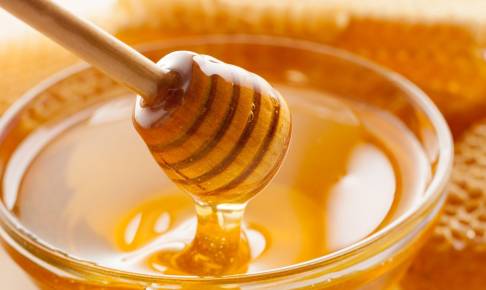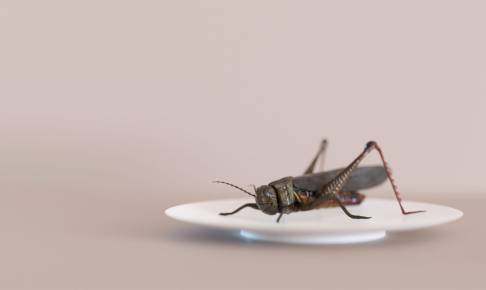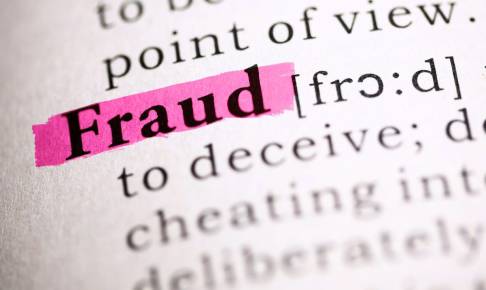Almost half of the honey imported into Europe is fake
The European Commission has recently published its report "From the Hives" where it reveals that one in two batches of honey imported into the EU is suspected to be fraudulent and often go undetected.
The analysis, conducted by the Joint Research Centre (JRC) laboratory on 320 batches of honey, revealed that 46% of them were adulterated. The fraudulent copies contain sugar syrups made from rice, wheat or sugar beet.
This rate is significantly higher than the one obtained during the previous EU-wide coordinated control plan in 2015-17, when only 14% of the samples tested were suspected to be fraudulent. This difference can be traced to the methodology used in the analysis, as the JRC has developed a new method, able to detect ingredients such as rice, wheat or sugar beet, which have been used in recent years by fraudsters to dilute honey instead of corn starch and sugar cane. However, this new methodology is not yet recognized and used by the official laboratories in the EU Member States or by the private laboratories that conduct the analysis for the food industries.
Even if this report does not claim to describe exhaustively the honey market in the EU, it offers an insight into the extent of honey adulteration in honey imported from third countries.
The majority of the samples were collected in the most crucial European ports (Antwerp, Hamburg, Barcelona, Le Havre, etc.) and the Polish-Ukrainian border. More than half (57%) of the operators had exported honey consignments suspicious of being adulterated with extraneous sugars and more than 60% (66), of the operators imported at least one suspicious consignment.
The highest absolute number of suspicious consignments originated from China (74%), although honey originating from Turkey had the highest relative proportion of suspicious samples (93%). Honey imported from the United Kingdom had an even higher suspicion rate (100%), probably the result of honey produced in other countries and further blended in the UK before its re-export to the EU.
Foodwatch, a European advocacy group that focuses on protecting consumer rights as they pertain to food quality, considers these finding alarming and it demands better detection methods and transparency for consumers.
"If 46% of imported honey is potentially fraudulent, this means that more than 80 000 tonnes of fake honey are sold and consumed in Europe every year... We are talking here only about imports from countries outside Europe. This does not include intra-European fraud, of course, which adds to this figure. All of this is completely opaque to consumers," says Ingrid Kragl of Foodwatch. “National control services, but also private laboratories, have failed to detect the fraud because their means are insufficient and they do not (yet) use the new method developed by the JRC which allows to spot far more adulterations on imported fake honey”, she added.
For now, the EU Commission declared that it will discuss with the relevant stakeholders and Member States authorities about a series of appropriate actions, such as: I) recalling the obligations to the food business operators and stress the need for corrective actions; II) inviting Member States to increase controls on the market and at the EU borders and to adapt their investigations techniques; III) reinforcing import requirements and addressing the issue in exporting countries.
Sources:






















